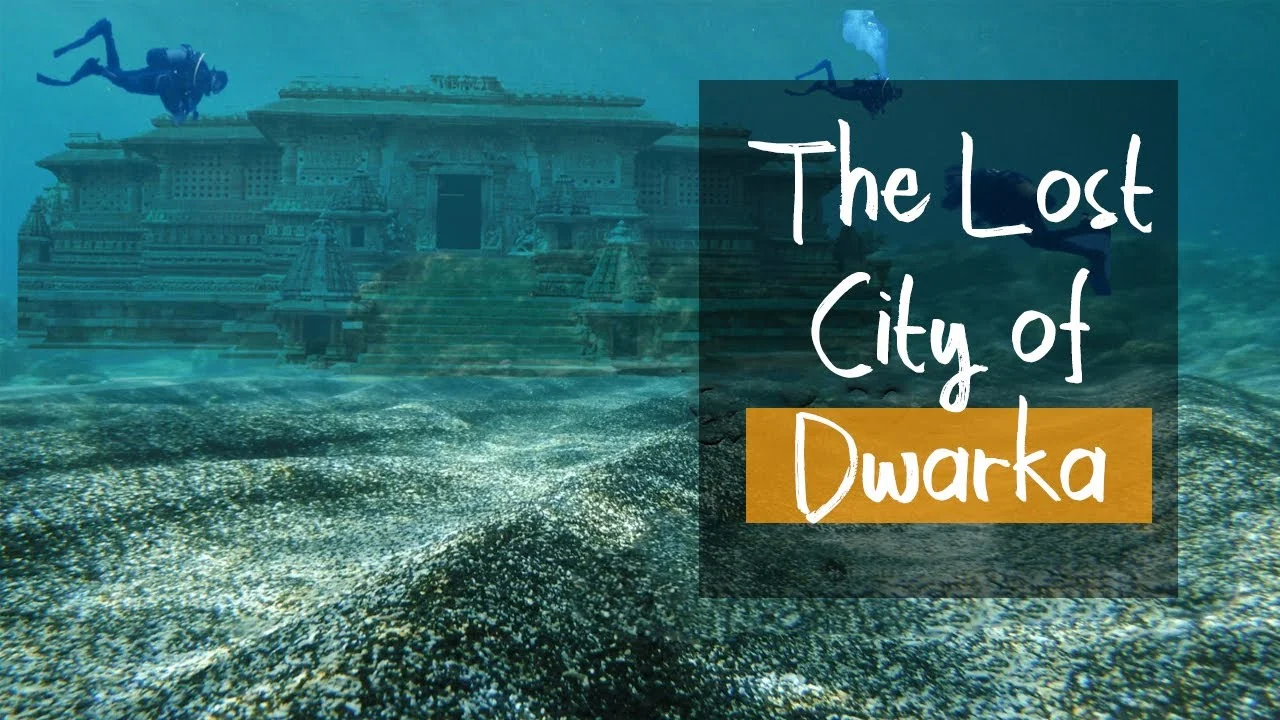Modern Archaeology has long been a fascinating field, unraveling the mysteries of ancient civilizations and shedding light on human history. With the advent of modern technology, archaeologists now have access to an array of sophisticated tools and techniques that help them conduct research with greater precision and efficiency. This article explores some of the important advances in archaeological methods and equipment that are revolutionizing the field.
Remote Sensing and Aerial Surveys
Modern archaeologists rely heavily on remote sensing technology to locate and map sites before excavation begins. These tools help identify buried structures without disturbing the site.
- LiDAR (Light Detection and Ranging): This laser-based technology is used to scan landscapes and uncover structures hidden beneath vegetation and soil.
- Satellite Imaging: High-resolution satellite imaging helps researchers identify anomalies in the landscape that may indicate archaeological sites.
- Drones: Unmanned aerial vehicles (UAVs) equipped with cameras and sensors provide detailed aerial surveys of excavation sites.
Ground-penetrating radar (GPR)
GPR is a non-invasive method that uses radar pulses to create images of surface structures. It is particularly effective for identifying graves, walls, and buried artifacts without the need for excavation.
Excavation tools
Traditional excavation remains an important aspect of archaeology, but modern tools have improved the process.
- Trowels and brushes: These hand tools allow for the careful removal of soil without damaging artifacts.
- Total stations: These advanced survey instruments measure site coordinates with great accuracy, helping to create detailed excavation maps.
- Soil Analysis Kits: Portable kits allow for on-site chemical analysis of soil samples to determine environmental conditions and past human activity.

Digital Archaeology and 3D Mapping
- Photogrammetry: This technique involves taking multiple photographs from different angles and using software to create detailed 3D models of archaeological sites and artifacts.
- GIS (Geographic Information System): GIS software helps archaeologists analyze spatial data and create interactive maps to better understand site layout and historical developments.
- Virtual Reality (VR) and Augmented Reality (AR): These technologies enable researchers and the public to explore the reconstruction of ancient sites and artifacts in an immersive way.
Dating and Analysis Techniques
Understanding the age of artifacts and artifacts is crucial in archaeology, and modern dating methods have significantly improved accuracy.
- Radiocarbon dating: This method determines the age of organic materials by measuring the decay of carbon-14.
- Dendrochronology: Tree-ring analysis helps establish precise chronological timelines.
- DNA analysis: Genetic testing of ancient remains provides insights into human migration patterns, diet, and disease.
Underwater archaeology
Exploring submerged sites has become more possible with the help of specialized equipment and techniques.
- Sonar mapping: Uses sound waves to create detailed images of underwater structures and shipwrecks.
- ROV (Remotely Operated Vehicle): These robotic submarines help in deep-sea excavations where human divers cannot reach.
- Underwater excavation: Controlled suction devices help archaeologists remove sediment without damaging fragile artifacts.
Modern archaeology is a dynamic field, which is constantly evolving with technological advancements. These innovative tools and techniques allow archaeologists to discover and preserve historical treasures more effectively than ever before. As technology advances, the field of archaeology will undoubtedly make more groundbreaking discoveries, helping us better understand our shared human past.
Read Also: The Archaeology of the Ganges River
![]()






One thought on “Discover the Tools and Techniques Used in Modern Archaeology”